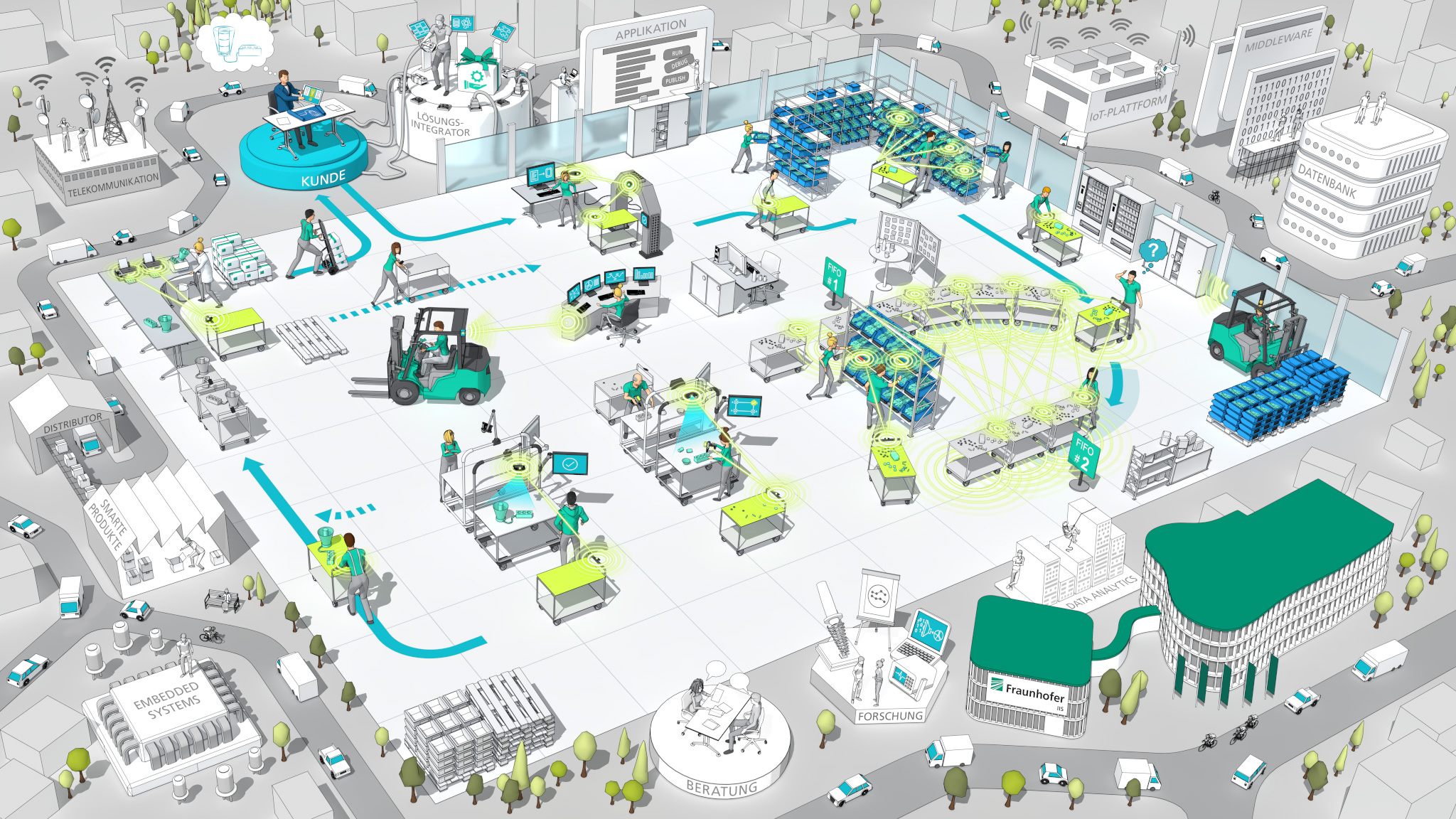The human factor in Industry 4.0
November 30, 2021 | Stephanie Schmitt-Rüth talks about how the key to a successful digital transformation is gaining employee support for the accompanying changes.
How rolling out new technologies affects the workforce
How is the human factor being taken into account in Industry 4.0?
Stephanie Schmitt-Rüth: Many companies still underestimate the power of the human factor when they digitalize work processes in their company – out of obliviousness, ignorance or ineptitude. But efforts must be made to involve people if the digital transformation is to succeed in terms of economics and productivity.
What can happen if a company pays too little attention to its people as it undergoes the digital transformation?
When work processes change as a result of digitalization, this can lead to anxiety. A typical example is where software controls a machine that employees previously operated themselves. The employees may then actively resist and destructively disrupt the operational process. Or they may respond more passively, no longer seeing meaning in their work and losing motivation.
How can the digitalization of Industry 4.0 be designed to keep people motivated and innovative?
We’ve shown that it can be done in a way that leads to profits and satisfaction, and we’ve put together a toolbox with three tools for this purpose. With the Industry 4.0 self-check we developed, a company can professionally analyze the strengths and weaknesses of its prerequisites for digitalization. The Human Centric Digital Change Navigator can be used to determine the workforce’s readiness and capabilities for change, as well as any existing resistance. We ask questions like: What skills already exist? What skills do people still need to be trained on? What is the mindset like? And finally, we developed HEART: Human-centered Evaluation of Acceptance and Risk criteria for Technology. In this model, the focus is on ethical and sociological risk factors, such as sustainability or discrimination. Acceptance is particularly important when introducing new technologies, so we include the social, ethical and legal aspects of the future user groups.
How can companies specifically use your tools?
Companies are invited to do the Industry 4.0 self-check on our homepage for an assessment of their status quo as well as strengths and weaknesses regarding a shift toward Industry 4.0. For the other two tools, we provide advice and support on request or in workshops. Many findings from Fraunhofer research have also already been incorporated into collaborative projects and publications.
About Stephanie Schmitt-Rüth
Stephanie Schmitt-Rüth heads the Human Centered Innovation group, part of the Center for Applied Research on Supply Chain Services at Fraunhofer IIS. With degrees in business administration and psychology, she researches and consults on projects that examine human experience, behavior and decision-making in economic situations with a view to the digital living and working environments of the digital transformation. She focuses on human‑technology interaction, acceptance and resistance research, and behavioral change.
